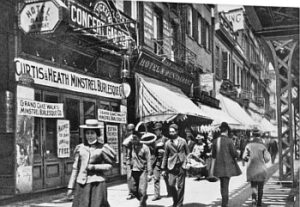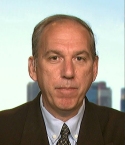 Charles Hugh Smith – The mainstream narrative is “the problem is low wages.” Actually, the problem is the soaring cost of living. If essentials such as healthcare, housing, higher education and government services were as cheap as they once were, a wage of $10 or $12 an hour would be more than enough to maintain a decent everyday life.
Charles Hugh Smith – The mainstream narrative is “the problem is low wages.” Actually, the problem is the soaring cost of living. If essentials such as healthcare, housing, higher education and government services were as cheap as they once were, a wage of $10 or $12 an hour would be more than enough to maintain a decent everyday life.
Here are some examples from the real world. In 1952, it cost $30 to have a baby in an excellent hospital. If we adjust that by official inflation as measured by the Bureau of Labor Statistic’s inflation calculator to 2017, the cost would be $275. ($1 in 1952 = $9.16 in 2017).
What does it cost to have a baby delivered in a hospital today? $5,000? $10,000? Who even knows, given the convoluted billing process in today’s sickcare system?
The pharmaceutical cartel jacks up medication costs per dose from $3 tp $600, even when the medication has been around for decades: the Pinworm prescription jumps from $3 to up to $600 a pill Parents, doctors angry over drug price gouging (via John F.)
My father paid 1.8% of his wages for “hospital group insurance” in the early 1950s (for a household of four kids and two adults.) For someone earning $1,000 a week, the equivalent today would be $72 a month out of a monthly gross income of $4,000.
My spouse and I pay $1330 a month for barebones healthcare insurance in today’s sickcare system. Factor out subsidies paid by the employer or state, and minimal healthcare insurance costs tens of thousands of dollars per household annually.
Continue reading →
 Paul Rosenberg – When writing historical things, I try to include perspective from people who actually lived through the events. And for money issues in the US, I’m able to do that back to about 1905.
Paul Rosenberg – When writing historical things, I try to include perspective from people who actually lived through the events. And for money issues in the US, I’m able to do that back to about 1905.
 Charles Ortel – Like ravenous bears coming out of hibernation, Americans are emerging now from a lengthy sleep, surveying a barren landscape not of their own making, and preparing to go on a rampage at the polls. On and after November 8, 2022, the true villains will finally be brought to account for despoiling this once-great nation.
Charles Ortel – Like ravenous bears coming out of hibernation, Americans are emerging now from a lengthy sleep, surveying a barren landscape not of their own making, and preparing to go on a rampage at the polls. On and after November 8, 2022, the true villains will finally be brought to account for despoiling this once-great nation. Charles Hugh Smith – For hundreds of years, rural poverty has driven people to urban areas: cities offer paying work and abundant opportunities to get ahead, and these financial incentives have transformed the human populace from largely rural to largely urban in the developed world.
Charles Hugh Smith – For hundreds of years, rural poverty has driven people to urban areas: cities offer paying work and abundant opportunities to get ahead, and these financial incentives have transformed the human populace from largely rural to largely urban in the developed world.